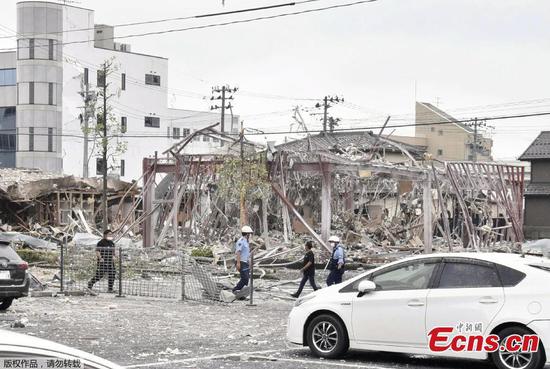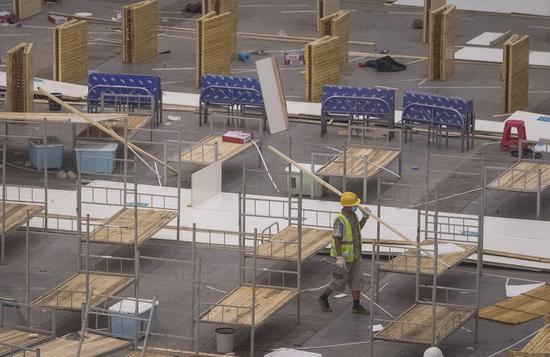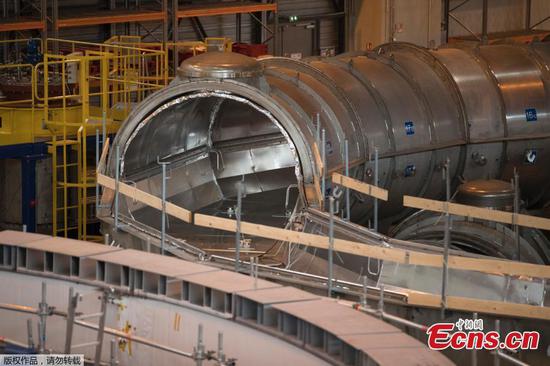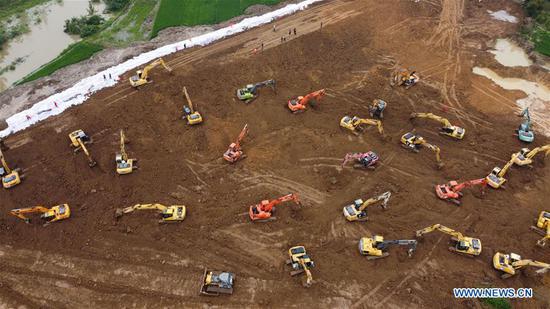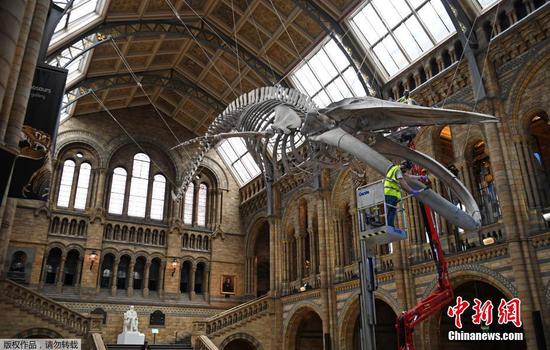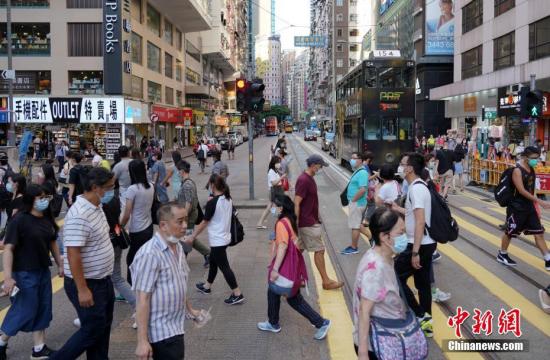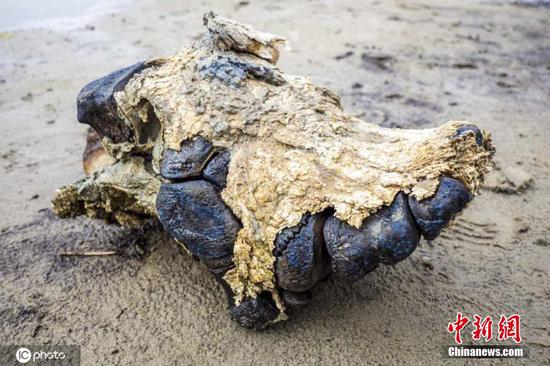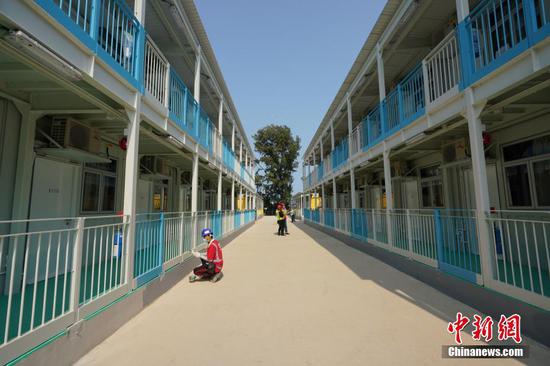The U.S. economy contracted at an annual rate of 32.9 percent in the second quarter amid mounting COVID-19 fallout, the U.S. Commerce Department reported Thursday.
The decrease in real gross domestic product (GDP) reflected decreases in personal consumption expenditures (PCE), exports, private inventory investment, nonresidential fixed investment, residential fixed investment, and state and local government spending that were partly offset by an increase in federal government spending, according to the "advance" estimate released by the department's Bureau of Economic Analysis.
Such a sharp contraction over such a short period of time dwarfed the dozens of economic slumps over the past two centuries, including those during the Great Depression and the global financial crisis, the CNBC reported.
In the first quarter of 2020, real GDP contracted at an annual rate of 5 percent.
The PCE plunged at an annual rate of 34.6 percent in the second quarter, generating a 25-percentage-point drag on the GDP in the quarter. The PCE fell by 6.9 percent in the previous quarter, dragging the GDP by 4.75 percentage points.
Nonresidential fixed investment, which reflects business spending, decreased by 27 percent in the second quarter, following a 6.7-percent decline in the previous quarter. The drop in nonresidential fixed investment means a 3.62 percentage point drag on second quarter GDP.
Jason Furman, professor at Harvard University and former economic adviser to President Barack Obama, noted that state and local government spending fell by an annual rate of 5.6 percent in the second quarter, which, he said, was "not the largest contributor to the decline in GDP but perhaps the most unnecessary."
"This is hopefully the last negative quarter we'll see for GDP. This is hopefully the last negative quarter we'll see for consumption," Furman said on Twitter. "But absent swift and substantial action, the 5.6 percent decline (annual rate) in state and local spending could just be the beginning."
Meanwhile, Republican and Democratic lawmakers are still far from reaching a deal on a new relief package, with direct aid to states and cities one of the sticking points in the negotiation.
Democrats proposed 1 trillion U.S. dollars in aid for struggling state and local governments in their previously unveiled 3-trillion-dollar relief proposal, while Republicans planned to offer no new money.
Mark Zandi, chief economist of Moody's Analytics, recently warned that the U.S. economy is at serious risk of sliding back into a double-dip recession unless Congress and the Trump administration come up with another fiscal rescue package before Congress goes on its August recess.
The U.S. Federal Reserve on Wednesday kept its benchmark interest rate unchanged at the record-low level of near zero amid a recent resurgence in COVID-19 cases nationwide, noting that the path of the economy will depend significantly on the course of the virus.
"The ongoing public health crisis will weigh heavily on economic activity, employment, and inflation in the near term, and poses considerable risks to the economic outlook over the medium term," said the central bank.









